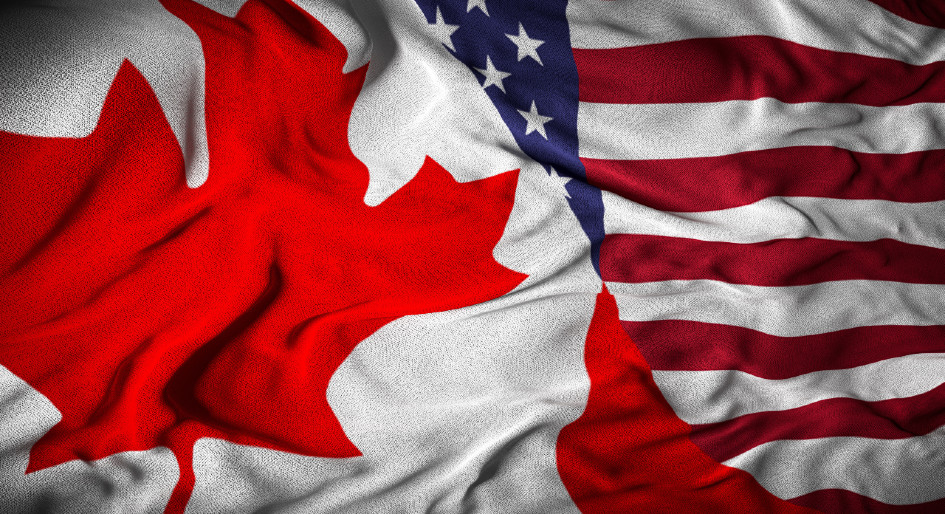Canadian provinces fell far short of energy saving efforts in the top-performing U.S. states in 2020. However, the gap between the leaders and the worst-performing U.S. states was wider still.
Evidence from Efficiency Canada’s provincial energy efficiency scorecard and similar scrutiny of U.S. states produced by the American Council for an Energy Efficient Economy (ACEEE) show setbacks in both countries as the COVID-19 pandemic curtailed conservation programs. A new report from Efficiency Canada compares key metrics from the two scorecards and finds Canadian provinces mostly scattered in the bottom half of a field of 60 jurisdictions for electricity savings and target setting, but positioned higher for energy efficiency spending and natural gas and non-regulated fuel savings.
Looking at nationwide medians, the provinces’ per capita spending on energy efficiency programs — at CAD $25.24 — exceeds the median for the 50 U.S. jurisdictions (49 states and Washington D.C.) surveyed. Focusing just on the top three spenders in each country, the U.S. median is CAD $147.72 per capita versus a median of CAD $66.55 for Canada’s top three.
Across the entire list, investment in energy efficiency varies from CAD $160.01 per capita in Massachusetts to just CAD $0.09 in Kansas. Prince Edward Island is ranked fourth overall for its expenditure of CAD $99.79 per capita, while Saskatchewan, ranked 50th overall, is Canada’s most frugal province at CAD $6.71 per capita.
U.S. states occupy the top 19 positions for incremental electricity savings, which measures newly achieved reduction in consumption during 2020. Nova Scotia is Canada’s top placement, with incremental electricity savings of 0.86 per cent.
A U.S. median of 0.67 per cent cloaks vast differences between its best and worse results, which range from 2.3 per cent in Massachusetts to 0.01 per cent in West Virginia. Canada’s median of 0.43 per cent reflects closer outcomes across nine provinces (no data is reported for Saskatchewan), bottoming out with Alberta at 0.10 per cent.
Accompanying analysis from Efficiency Canada links the relatively modest gains in electricity savings to pandemic-related interruptions, but also points to other factors in play with the cancellation of conservation programs in Alberta and Ontario at the end of the previous decade. Yearly progress has slackened, with the rate of incremental electricity savings in 2020 only about two-thirds what is was in 2018.
The U.S. saw an overall cut in energy efficiency program spending in the same period, although the $500 million reduction in electricity incentives was somewhat counterbalanced with an extra $100 million put toward natural gas efficiency. With total spending at USD $7.6 billion (CAD $9.6 billion), the pace of net incremental electricity savings slowed by 1.8 per cent, while the pace of net incremental savings on natural gas and non-regulated fuels increased by 0.4 per cent.
Turning to pandemic-triggered impacts, some states registered a 10 to 20 per cent year-over-year decline in electricity savings in 2020, but researchers hypothesize that the entrenched energy efficiency standards in states like New York and Michigan provided the underpinning to continue to pursue savings targets.
“These states showed concerted efforts to adapt programs to the unique circumstances of the pandemic, such as directing funds toward programs that required less in-person contact in order to meet targets,” the report observes.
“A quick look at policies of Canadian provinces versus the leading American states demonstrates that policy drives higher energy spending on and savings from efficiency programs,” Efficiency Canada researchers maintain. “The leading states establish aggressive, mandatory targets and work to align utility incentives with energy and greenhouse gas emission savings.”






